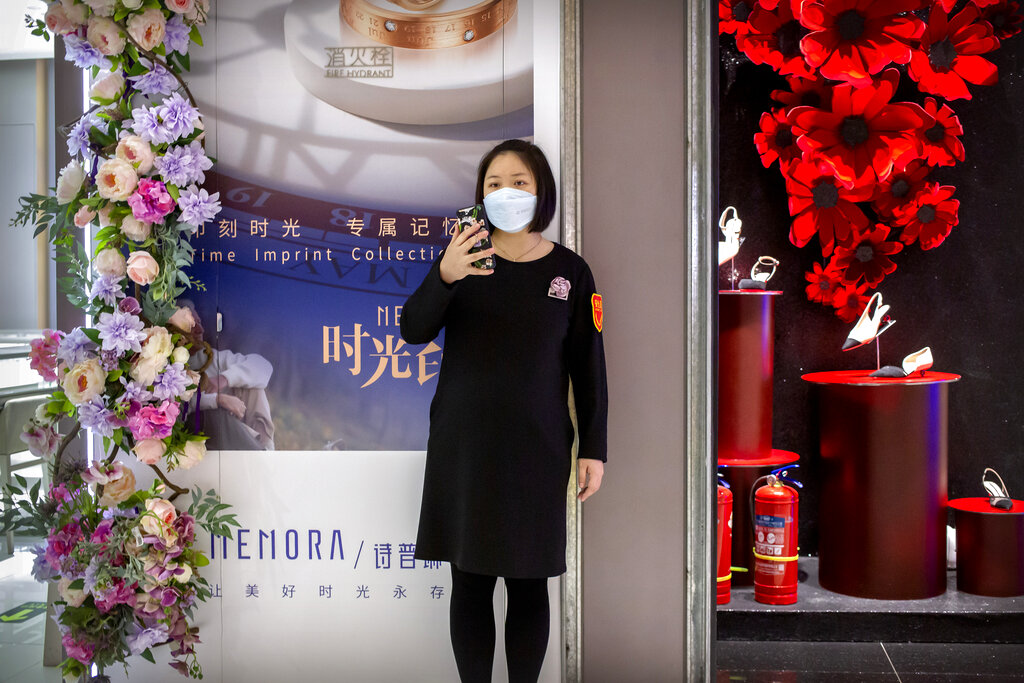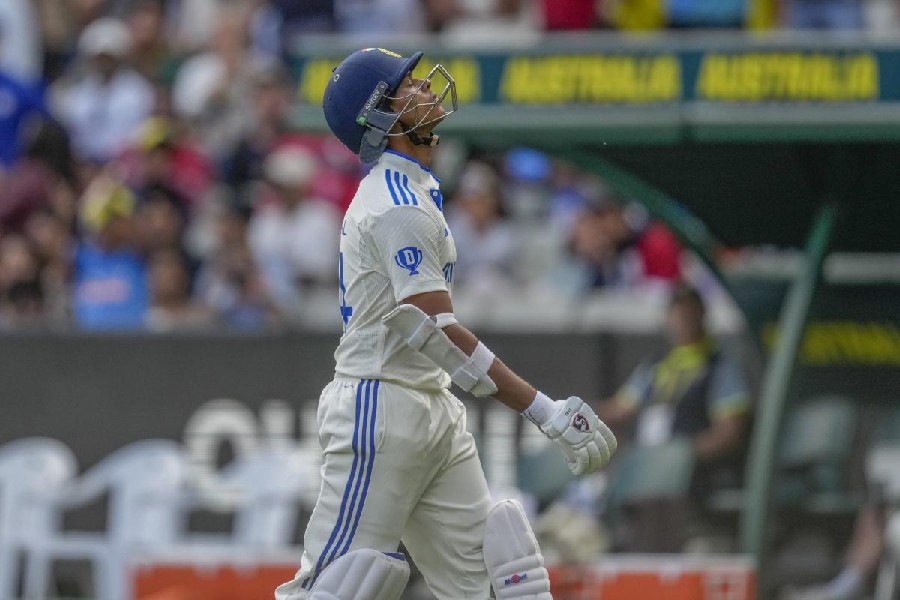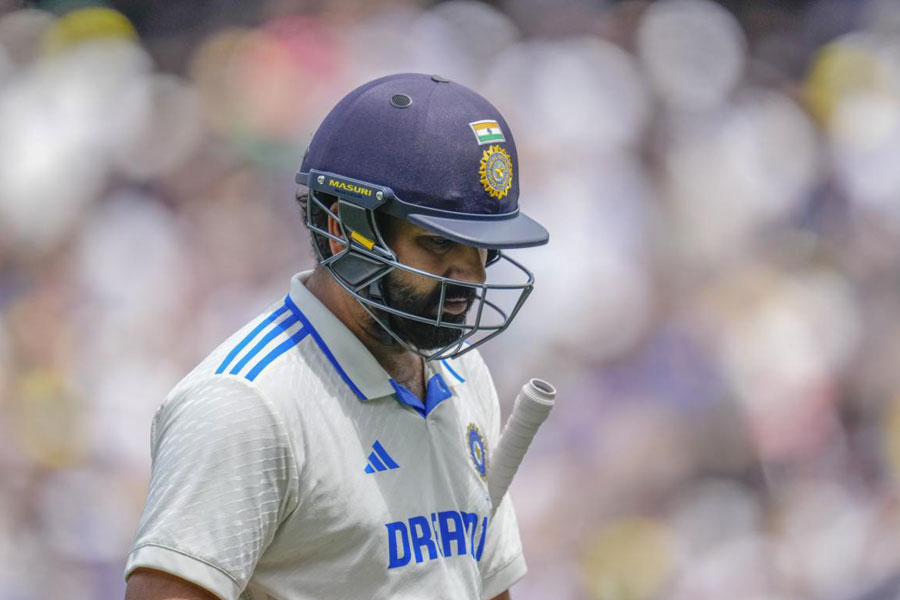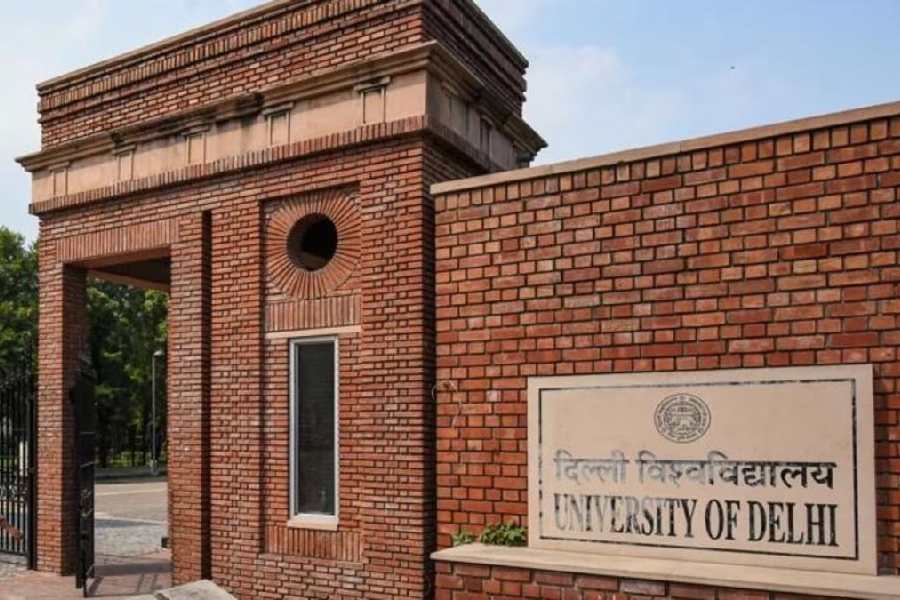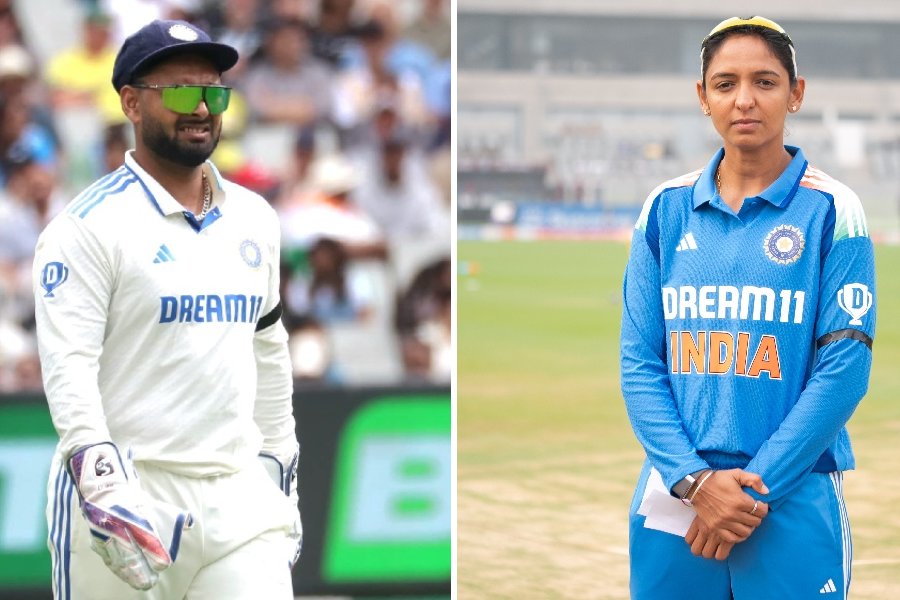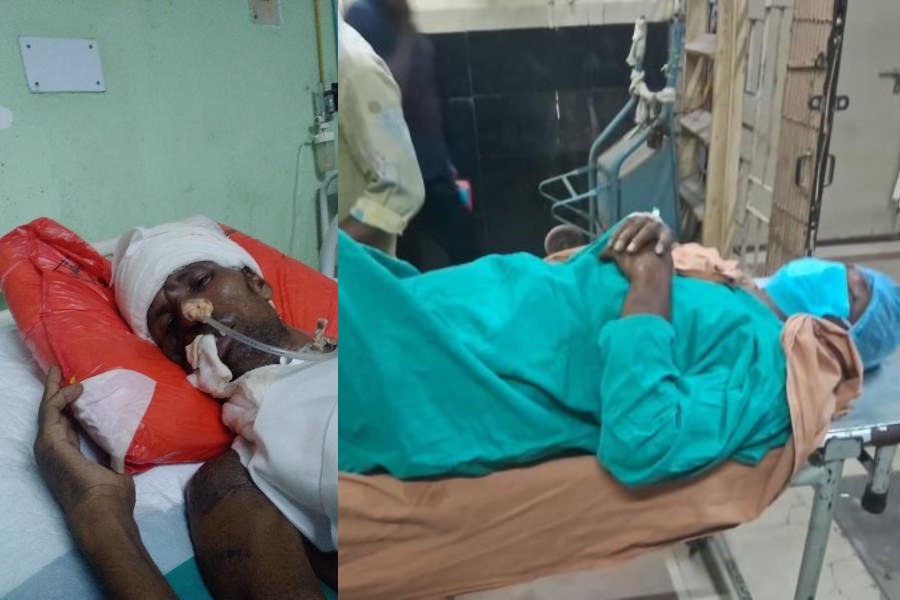India could soon face its moment of reckoning with the Covid-19 pandemic and the question is whether the country, with its rickety, under-resourced healthcare system, will be able to cope. The number of confirmed Covid-19 cases in India hit 151 Wednesday and, so far, there have been three deaths. On the surface, those numbers look extraordinarily good for the country of 1.38 billion people compared to many other nations. Around the world, the virus has infected over 200,000 people and claimed nearly 8,000 lives. China, with its 1.4-billion population, has had the most deaths at more than 3,226 while Italy, which has 60.5 million people, has reported over 2,500 deaths.
Indian authorities have made many of the right moves to contain the virus. It was one of the first countries to shut its borders to most foreigners. States are closing schools and cancelling gatherings of over 50 people. Cinemas are being shut and trains cancelled amid low occupancy and fears of spreading the virus. Many companies are getting staff to work from home. Mobile phones are running messages telling people to wash their hands. Even the Taj Mahal’s closed.
But experts worry India’s Covid-19 figures may be understating the real number of cases. Out of its vast population, India’s only been testing those who’ve come from virus-hit countries or had contact with a confirmed case and displayed symptoms after two weeks of quarantine. Now, the government’s adding to the criteria of those who can be tested like healthcare workers suffering Covid-19 symptoms who’ve been treating patients with severe respiratory illnesses that haven’t necessarily been diagnosed with the virus.
Testing is free for people who meet the criteria but costs the government Rs 5,000 for each one administered. The government says it’s increasing India’s testing capacity to 8,000 samples a day from the current 500. But this relatively modest testing -- around 11,500 people have been tested so far or 10 per cent of the government’s existing testing capacity -- may be masking numbers that are much higher and prove to be the weak link in the chain in India’s attempt to stop the virus’s spread.
Dr Harjit Singh Bhatti, president of the Progressive Medicos & Scientists Forum, tweeted Tuesday that there could be 'probably more than 3,000 cases of Covid-19 in India right now'.
World Health Organization (WHO) chief Tedros Adhanom Ghebreyesus told countries Monday the way to contain the virus’s spread is to “test, test test” after such action in South Korea and Taiwan appeared to have broken the chain of widespread community transmission. Early on in its virus outbreak, South Korea scaled up its free testing, offering easy drive-through testing, swiftly isolating those infected and identifying disease hotspots. At the peak of the country’s epidemic, South Korea, with its 52 million population, was conducting 10,000 tests daily. It’s so far reported 8,162 cases and had 75 deaths which is less than one per cent of its total in contrast to the 3.7 per cent fatality rate reported globally. South Korea’s also been tracking potential carriers by using cell phone and satellite technology and identifying transmission sources. These measures appear to have slashed daily new cases to below 100 from more than 900 at the end of February.
Now, an infection control experiment in the small Italian community of Vo where doctors tested and retested all inhabitants, also appears to have halted the spread of new infections. Vo was at the centre of Italy’s devastating outbreak. The tests revealed people who were showing no symptoms but were harbouring the virus and these people were isolated. Asymptomatic people can infect around 10 others.
China, which sought to conceal the outbreak initially but then muscled it under control, also isolated any suspect case and carried out rapid testing. The government, which reported more than 80,000 total infections, also took draconian action with the New York Times reporting some 760 million people were confined to their homes to control the epidemic.
In addition, China was able to build 1,000-bed hospitals in 10 days using flatpacks to treat the sick that it’s now dismantling as cases have dwindled. Nature magazine, quoting epidemiologists, said the one glaring flaw in China’s containment strategy was that it started too late -- something which Howard Markel, a public health researcher at the University of Michigan, says “is probably responsible for this world event.”
A modelling simulation by researchers at the University of Southampton suggests if China had implemented containment measures a week earlier it could have prevented 67 per cent of all cases. And therein lies an important lesson for India: act fast.
Testing in India now is being done by government labs and is free. Government research body ICMR (Indian Council of Medical Research) has just announced it will allow “high-quality” accredited private labs to test for Covid-19 and is appealing to them to “have a big heart” and do the tests for free for the “sake of the country.” The private labs, though, are balking at offering free testing saying they will be overwhelmed by demand and could be financially pushed to the wall.
Right now, results from the government labs take from 24 hours to two-to-three days, using a decades-old test. But private labs say that with modern test kits, they could reduce the wait time to as little as two-and-a-half hours from the current 24-hours to two-to-three days. (China uses a blood test that takes 15 minutes for the results that have an 80 per cent accuracy rate).
The ICMR is still insisting India doesn’t need to widen its scope of testing. Its chief, Balaram Bhargava, says the WHO’s advice is premature because Indian authorities have conducted 500 preliminary random tests but detected no signs of “community transmission” -- the stage when case numbers start to explode as the disease spreads between people who have neither been abroad or had contact with people diagnosed with Covid-19. Critics though say that the number of random samples is nowhere near enough to determine whether India’s moved into the community transmission phase.
This means hospitals are still turning away people seeking to be tested who are displaying the symptoms of coronavirus such as fever, cough and difficulty breathing. While people are urged to self-isolate if they show symptoms, experts say it’s only if the disease is confirmed are they more likely to abide by instructions to stay inside.
Worryingly, some experts are using words like “avalanche” to describe what’s about to hit India in terms of the number of virus cases. South Korea experienced a 2,000 per cent jump in cases in one week alone in February. Forbes magazine described the nature of exponential growth, saying that if you have one infected person in January and the number of infected people doubles every three days, there will be 1,024 infected people on January 31. Doubling every day for the next 79 days after the first infection, some 67 million people would be infected. It said if social distancing is implemented, the transmission rate can be lowered, slowing the rate of infection and flattening the curve of infection, stopping everyone from falling ill at the same time and overwhelming health services. This early social distancing didn’t occur in Italy or Iran and that’s the reason why infection rates and deaths have been so elevated in those two countries.
Also, in India, social distancing can work for the well-off. But for the poor it’s a different matter. “We’ve got to keep working, we can’t stop, we have got to feed our children and ourselves,” said Rekha Kumari who works as a maid. In addition, India’s population density of 420 people per square kilometre, one of the highest in the world, makes containment even harder.
If the number of cases ratchet higher, Prime Minister Narendra Modi’s advice to citizens to “Say No to Panic, Say Yes to Precautions” and claims that India can “break the chain of spread and ensure safety of all by avoiding large gatherings” may look woefully inadequate. In fact, the chickens could be about to come home to roost for the country which has had an abysmal rate of healthcare spending. For years, India’s public health expenditure has languished at around 1 per cent of GDP, one of the lowest rates globally.
Even without a potential epidemic, Indians going to public hospitals normally encounter terrible overcrowding and medical staff run off their feet while the plush private hospitals are way beyond the means of most patients.
What’s also concerning is that India has only 0.5 hospital beds for every 1,000 people in contrast to the WHO’s recommendation of at least five and the country has just under one doctor for every 1,000 people. Italy, the European epicentre of the pandemic, has five times the number of doctors per capita. Also in Italy, which has a far stronger public health system, a shortage of ICU beds and ventilators have forced doctors to make heartbreaking decisions on who’ll get aggressive treatment.
This country has 70,000 ICU beds that are already under heavy stress, catering to some five million patients a year, according to Manoj Joshi, a distinguished fellow at New Delhi-based Observer Research Foundation. Joshi’s clear in explaining the challenges that could confront Indian hospitals. “Some 5 per cent of people diagnosed with Covid-19 require artificial respiration, another 15 per cent need to breathe in highly concentrated oxygen and not just for a few days since the duration from the beginning of the disease until recovery is three-to-six weeks on average for these severe and critical patients compared to only two weeks for the mildly ill. So, high-quality care is needed by the 20 per cent or so who are infected, which really means ICU-level care', Joshi noted. “An intensified spread of Covid-19 could put up a demand for millions of more beds,” he said.
A study entitled Critical Care Bed Capacity in Asian Countries and Regions this year found that India had just 2.3 ICU beds for every 100,000 people, South Korea had 10.6 ICU beds and China had 3.6 beds. By contrast, the US has the most critical care beds with 34.7, Germany follows with 29.2 beds and Italy is third with 12.5 beds.
On the brighter side, the government has been taking steps to ensure India has enough important medicines like the generic version of HIV combination drug Kaletra made by AbbVie Inc that may help in treating coronavirus. Indian drug companies like Cipla have said they’re ready to step up to the plate to provide sufficient medicines if needed. The ICMR has said the lopinavir/ritonavir combination therapy may assist in the recovery of Covid-19 patients. It’s basing this assessment on observing patients with SARS and MERS, two other coronaviruses.
Still, the worrying signs are that India could emerge as the next global hotspot for the disease. As well, what Congress leader Rahul Gandhi warns, will be an “economic tsunami” from job losses and disruption to consumption as a result of the virus, also threatens to engulf the country, which is already struggling with economic growth at multi-year lows.
The writer is a New Delhi-based journalist who specialises in healthcare reporting


